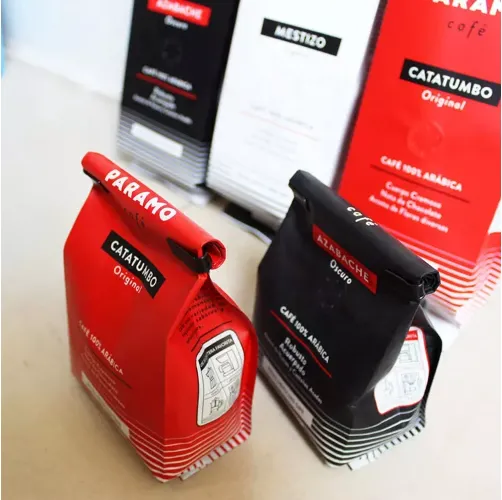- Afrikaans
- Albanian
- Amharic
- Arabic
- Armenian
- Azerbaijani
- Basque
- Belarusian
- Bengali
- Bosnian
- Bulgarian
- Catalan
- Cebuano
- chinese_simplified
- chinese_traditional
- Corsican
- Croatian
- Czech
- Danish
- Dutch
- English
- Esperanto
- Estonian
- Finnish
- French
- Frisian
- Galician
- Georgian
- German
- Greek
- Gujarati
- haitian_creole
- hausa
- hawaiian
- Hebrew
- Hindi
- Miao
- Hungarian
- Icelandic
- igbo
- Indonesian
- irish
- Italian
- Japanese
- Javanese
- Kannada
- kazakh
- Khmer
- Rwandese
- Korean
- Kurdish
- Kyrgyz
- Lao
- Latin
- Latvian
- Lithuanian
- Luxembourgish
- Macedonian
- Malgashi
- Malay
- Malayalam
- Maltese
- Maori
- Marathi
- Mongolian
- Myanmar
- Nepali
- Norwegian
- Norwegian
- Occitan
- Pashto
- Persian
- Polish
- Portuguese
- Punjabi
- Romanian
- Russian
- Samoan
- scottish-gaelic
- Serbian
- Sesotho
- Shona
- Sindhi
- Sinhala
- Slovak
- Slovenian
- Somali
- Spanish
- Sundanese
- Swahili
- Swedish
- Tagalog
- Tajik
- Tamil
- Tatar
- Telugu
- Thai
- Turkish
- Turkmen
- Ukrainian
- Urdu
- Uighur
- Uzbek
- Vietnamese
- Welsh
- Bantu
- Yiddish
- Yoruba
- Zulu
sustainable materials for food packaging
Sustainable Materials for Food Packaging
In recent years, the growing awareness of environmental issues has prompted a shift towards sustainable practices in various industries, including food packaging. Traditional packaging materials, particularly plastics, have contributed significantly to pollution and waste. In contrast, sustainable materials offer innovative alternatives that not only serve the purpose of safeguarding food but also promote environmental responsibility.
One of the most promising sustainable materials for food packaging is bioplastics. Unlike conventional plastics derived from fossil fuels, bioplastics are made from renewable resources such as corn starch, sugarcane, or even food waste. These materials can be designed to be biodegradable or compostable, breaking down into non-toxic components that return to the ecosystem without harming it. This not only reduces the burden of plastic waste in landfills but also mitigates the overall carbon footprint associated with packaging.
Another notable option is paper and cardboard, which are widely recyclable and biodegradable. Sourced from sustainably managed forests, paper products can significantly reduce the amount of plastic waste generated. Recent advancements in coatings and treatment have made paper packaging more water and grease-resistant, making it feasible for a variety of food applications. Brands are now using waxes derived from natural sources, such as beeswax or soy, to enhance the durability of paper packaging, making it a robust alternative tailored to protect food integrity.
Edible packaging has emerged as an exciting innovative solution in the quest for sustainability. Made from food-grade materials, these packages can be consumed along with the food they contain. For example, films made from seaweed, rice, or other edible substances can wrap snacks or single-serving items, providing an enticing option for reducing waste. Not only do these materials diminish litter, but they also create unique marketing opportunities for brands aiming to capture environmentally conscious consumers.
sustainable materials for food packaging

Another category of sustainable materials is plant-based fibers, which can include hemp, bamboo, or sugarcane. These fibers can be processed into composite materials that are strong and durable, suitable for a wide array of packaging applications. For instance, molded pulp packaging made from recycled paper provides excellent cushioning and protection for delicate items, while also being completely biodegradable.
Moreover, advancements in technology are enabling the development of smart packaging solutions that can communicate with consumers while being environmentally friendly. For instance, plant-derived inks and adhesives are being utilized to create print and seal solutions, ensuring minimal chemical impact on the environment. Such innovations enhance the user experience and foster brand loyalty among consumers who are increasingly seeking sustainable choices.
Lastly, it is essential to consider the life cycle of packaging materials, from production to disposal. Choosing sustainable options not only involves selecting biodegradable or recyclable materials but also considering local sourcing to minimize transportation emissions. Encouraging closed-loop systems, where packaging materials are reused or repurposed, helps create a sustainable cycle that benefits the environment.
In conclusion, the evolution of sustainable materials for food packaging presents an exciting opportunity for businesses and consumers alike to contribute to environmental stewardship. With options ranging from bioplastics to edible packaging and plant-based fibers, the food packaging industry is moving towards solutions that protect both food integrity and the planet. It is vital for stakeholders to continue investing in research and development, fostering innovation, and educating consumers on the importance of making sustainable choices. By doing so, we can pave the way for a healthier planet while meeting the demands of modern life.













